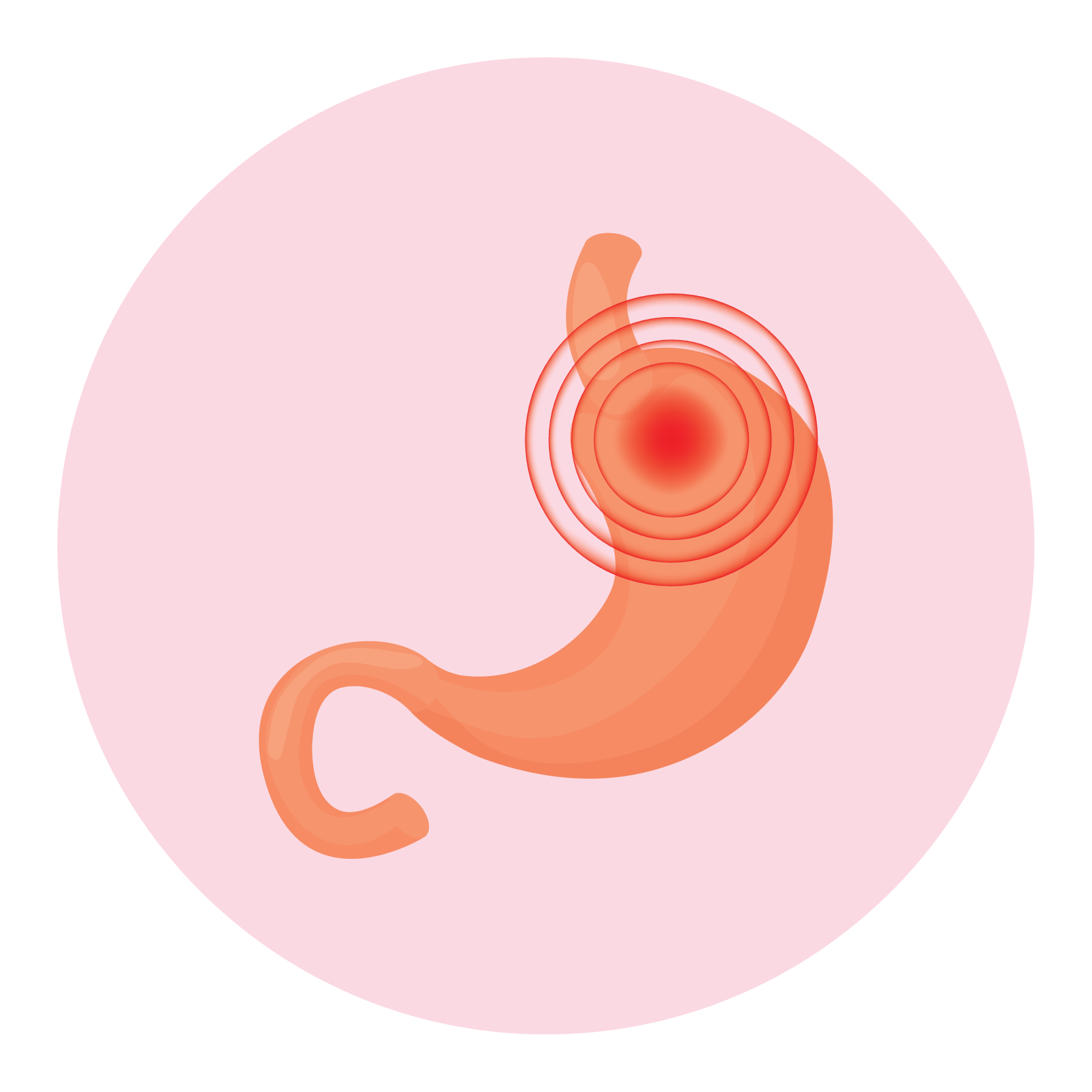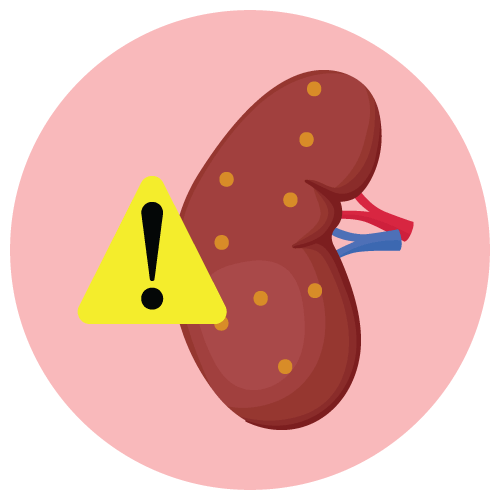Medicine details
| Image |  |
| Name | Actomeg 500 |
| Dosage | Tablet |
| Generic Name | Metformin Hydrochloride + Pioglitazone |
| Classes |
Antidiabetic Agent Metabolic Agent Antidiabetic combination |
| Diseases |
Type 2 Diabetes Mellitus Hormonal Disorder |
| Company | Unimed & Unihealth Manufacturers Ltd. |
Drug Package Details
| Strength | 500 mg + 15 mg |
| Storage Condition | |
| Origin Country | Bangladesh |
| Commercial Pack | 20 |
| Price per pack | ৳ 180.00 |
| Cost per pack | ৳ 158.40 |
| Package unit | 10 tabs strip |
| Price per unit | ৳ 9.00 |
| Cost per unit | ৳ 7.92 |
| Discount | 0 |
| Coupon | |
| Remarks |
Metformin Hydrochloride + Pioglitazone
Metformin Hydrochloride + Pioglitazone is combination drug. Metformin is a hypoglycemic agent belonging to the class Biguanides. Metformin enhances insulin sensitivity by boosting peripheral glucose uptake and utilization, decreasing hepatic glucose synthesis, and decreasing intestinal glucose absorption.
Pioglitazone binds & activates to a nuclear receptor, called the PPAR-γ. PPAR-γ then binds to the DNA and retinoid X receptor at the same time and increases the transcription of insulin sensitive genes. The end result is that the peripheral tissues become sensitized to insulin.
Metformin Hydrochloride + Pioglitazone is indicated as an adjunct to diet and exercise to improve glycemic control in adults with type 2 diabetes mellitus when treatment with both Pioglitazone and metformin is appropriate.
- Personalize the starting dose based on the patient’s current dosage regimen and adjust the dosing based on efficacy and tolerability while not exceeding the maximum recommended daily dose of pioglitazone 45 mg and metformin 2550 mg.
- Should be given in divided daily doses with meals to reduce the gastrointestinal effects caused by metformin.
- Monitor patients for adverse events related to fluid retention after initiation and dose increment.
- Acquire liver tests before initiation. If abnormal, use caution when treating with Metformin Hydrochloride + Pioglitazone, investigate the probable cause, treat (if possible), and follow appropriately.
- Prior to initiation, assess renal function with estimated glomerular filtration rate (eGFR)
- Metformin Hydrochloride + Pioglitazone should not be used in patients with eGFR under 30 mL/min/1.73 m2
- Metformin Hydrochloride + Pioglitazone therapy is not recommended in patients with eGFR between 30 – 45 mL/min/1.73 m2
- Assess risk/benefit of continuing Metformin Hydrochloride + Pioglitazone if eGFR falls below 45 mL/min/1.73 m2 o Discontinue if eGFR falls below 30 mL/min/1.73 m2
- Metformin Hydrochloride + Pioglitazone may need to be discontinued at time of, or prior to, iodinated contrast imaging procedures
The usual side effects of Metformin Hydrochloride + Pioglitazone are as follows-
- Nausea/vomiting
- Diarrhea
- Headache
- Dyspepsia
- Upper respiratory tract infection
- Dizziness
- Edema
- Nasopharyngitis
- Abdominal pain
- Arthralgia
- Diarrhea
- Pioglitazone: CONGESTIVE HEART FAILURE AND MYOCARDIAL ISCHEMIA
- Thiazolidinediones, including Pioglitazone, cause or exacerbate heart failure in some patients.
- After initiation of Metformin Hydrochloride + Pioglitazone, and after dose increases, observe patients carefully for signs and symptoms of heart failure (including excessive, rapid weight gain, dyspnea, and/or edema). If these signs and symptoms develop, the heart failure should be managed according to current standards of care. Furthermore, discontinuation or dose reduction must be considered.
- Metformin Hydrochloride + Pioglitazone is not recommended in patients with symptomatic heart failure. Initiation of Metformin Hydrochloride + Pioglitazone in patients with established NYHA Class III or IV heart failure is contraindicated.
- A meta-analysis of 42 studies, most of which compared Pioglitazone to placebo, showed Pioglitazone to be associated with an increased risk of myocardial ischemic events. Three other studies, comparing Pioglitazone to some other approved oral antidiabetic agents or placebo, have not confirmed or excluded this risk. Available data on the risk of myocardial ischemia are inconclusive.
- Metformin hydrochloride: LACTIC ACIDOSIS
- Lactic acidosis can occur due to metformin accumulation. The risk increases with conditions such as sepsis, dehydration, excess alcohol intake, hepatic insufficiency, renal impairment and acute congestive heart failure.
- Symptoms include malaise, myalgias, respiratory distress, increasing somnolence and nonspecific abdominal distress. Laboratory abnormalities include low pH, increased anion gap and elevated blood lactate.
- If acidosis is suspected, discontinue Metformin Hydrochloride + Pioglitazone and hospitalize the patient immediately.
- Use with nitrates is not recommended.
- Coadministration with insulin is not recommended.
- Assess renal function before starting therapy and at least annually.
- Avoid use in patients with evidence of hepatic disease.
- Warn patients against excessive alcohol intake.
- Promptly evaluate patients who develop laboratory abnormalities or clinical illness for evidence of ketoacidosis or lactic acidosis.
- Dose-related edema, weight gain and anemia may occur.
- Macular edema has been reported.
- Increased incidence of bone fracture in female patients.
- Measure hematologic parameters annually.
Contraindication
Contraindicated in patients hypersensitive to Metformin or Pioglitazone or Rosiglitazone.
None known.
Metformin Hydrochloride + Pioglitazone is contraindicated in the following health conditions-
- Initiation in patients with established NYHA Class III or IV heart failure.
- Use in significant renal disease or renal dysfunction.
- Use in acute or chronic metabolic acidosis.
- Use in patients undergoing radiologic studies involving intravascular administration of iodinated contrast materials.











 Bangla
Bangla English
English